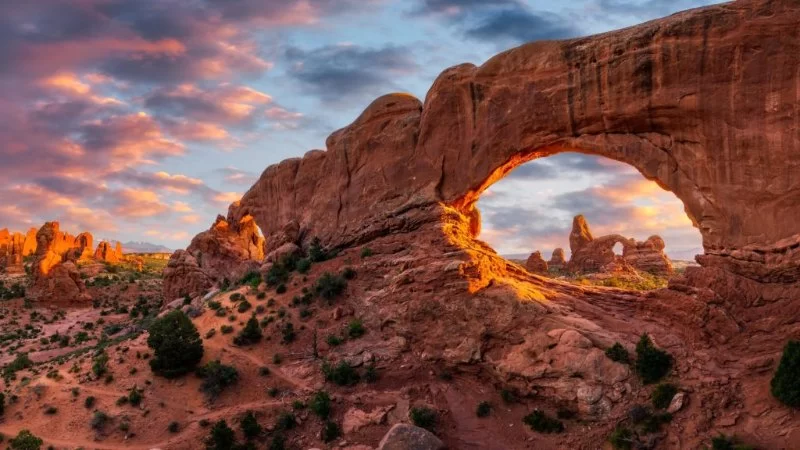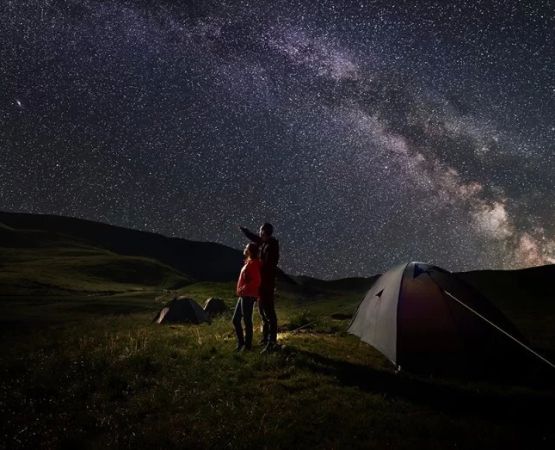The History of National Parks in the US
- the-origins-of-americas-parks
- yellowstone-the-beginning-of-a-legacy
- roosevelt-the-conservation-president
- the-national-park-service-is-born
- parks-in-modern-america
1. The Origins of America's Parks
The idea of national parks emerged from a growing concern in the 19th century about the destruction of America’s natural wonders due to westward expansion, logging, and mining. Influential writers and artists, like John Muir and Thomas Moran, helped raise awareness of the beauty and importance of protecting these landscapes.
This cultural shift led to the earliest legal actions aimed at preserving land for public use. While the term “national park” didn’t yet exist, places like Hot Springs in Arkansas were set aside as protected public spaces as early as the 1830s. Still, it would take a monumental act of government to create the first true national park.
2. Yellowstone: The Beginning of a Legacy
In 1872, President Ulysses S. Grant signed the Yellowstone National Park Protection Act into law, officially creating the world’s first national park. Stretching across Wyoming, Montana, and Idaho, Yellowstone was preserved to protect its geothermal features, wildlife, and stunning landscapes.
This move was revolutionary. Never before had a government preserved land for the benefit of all citizens, not just royalty or the elite. It set the precedent for future parks and showcased America’s leadership in conservation on the world stage. Today, Yellowstone remains a symbol of preservation and natural beauty.
3. Roosevelt: The Conservation President
President Theodore Roosevelt took the concept of national parks and supercharged it. During his presidency (1901–1909), Roosevelt established five new national parks and signed into law the Antiquities Act of 1906. This act allowed presidents to designate national monuments without congressional approval.
Roosevelt used this power to protect over 230 million acres of public land, including iconic sites like the Grand Canyon and Muir Woods. His deep appreciation for nature and bold leadership in conservation earned him the nickname “The Conservation President.” Many of today’s national treasures exist because of his vision.
4. The National Park Service Is Born
Despite the growing number of parks and monuments, there was little central coordination. That changed in 1916, when President Woodrow Wilson signed the Organic Act, creating the National Park Service (NPS). The NPS was tasked with managing and protecting the growing list of national parks and monuments.
With its creation, the park system gained structure, consistency, and funding. The NPS adopted the dual mission of conserving scenery and wildlife while allowing public enjoyment. This balance remains at the heart of park management today, especially as visitation continues to grow.
5. Parks in Modern America
Today, the United States boasts more than 400 units managed by the National Park Service, including 63 officially designated national parks. These parks attract millions of visitors each year, from international tourists to families seeking nature and adventure.
The evolution of national parks reflects America's changing relationship with nature—from early reverence and protection, to recreation and education, to modern environmental stewardship. Whether you're hiking Yosemite, watching wildlife in Denali, or camping near lesser-known gems like those near Pine Cliff Resort, the legacy of national parks lives on in every tree, trail, and vista.







